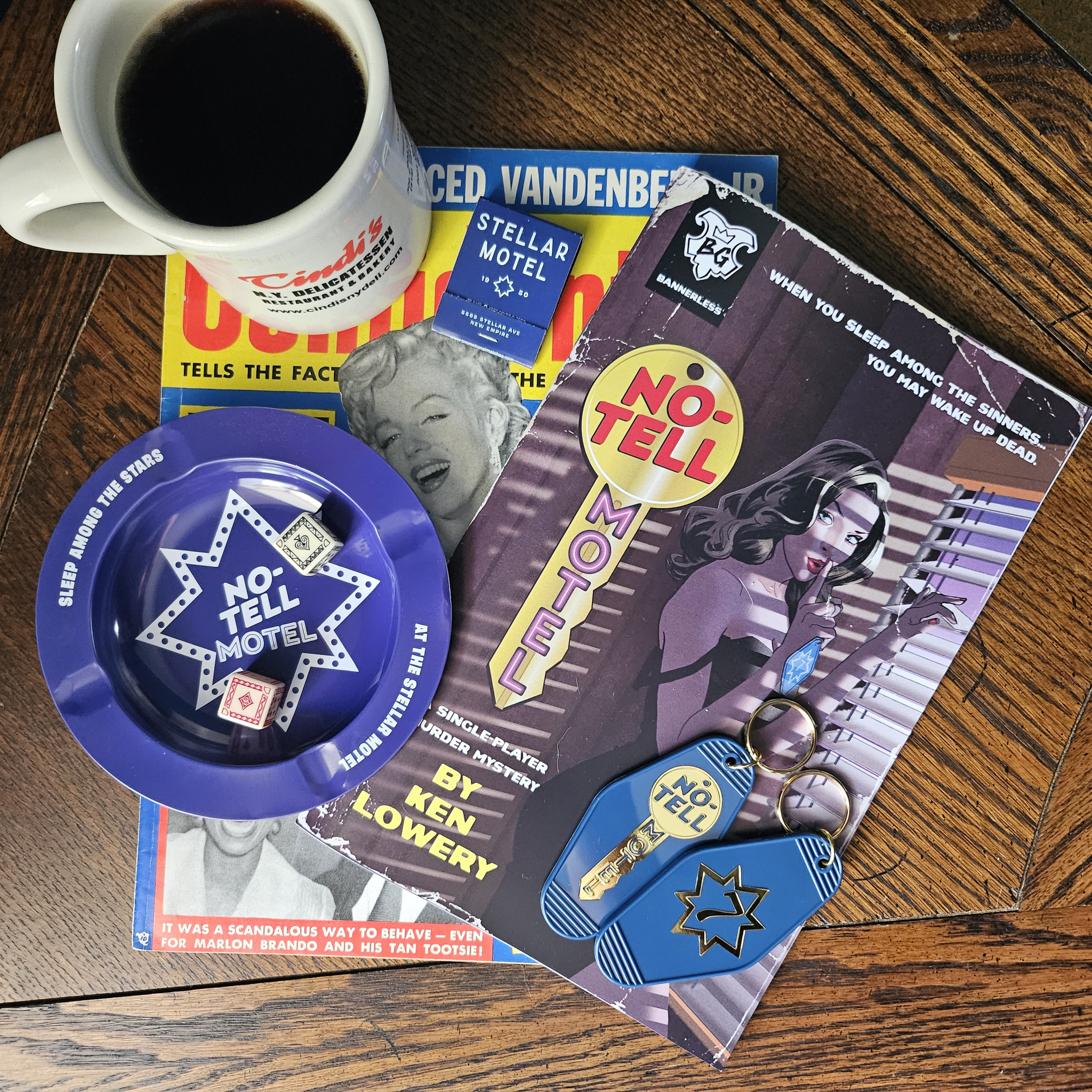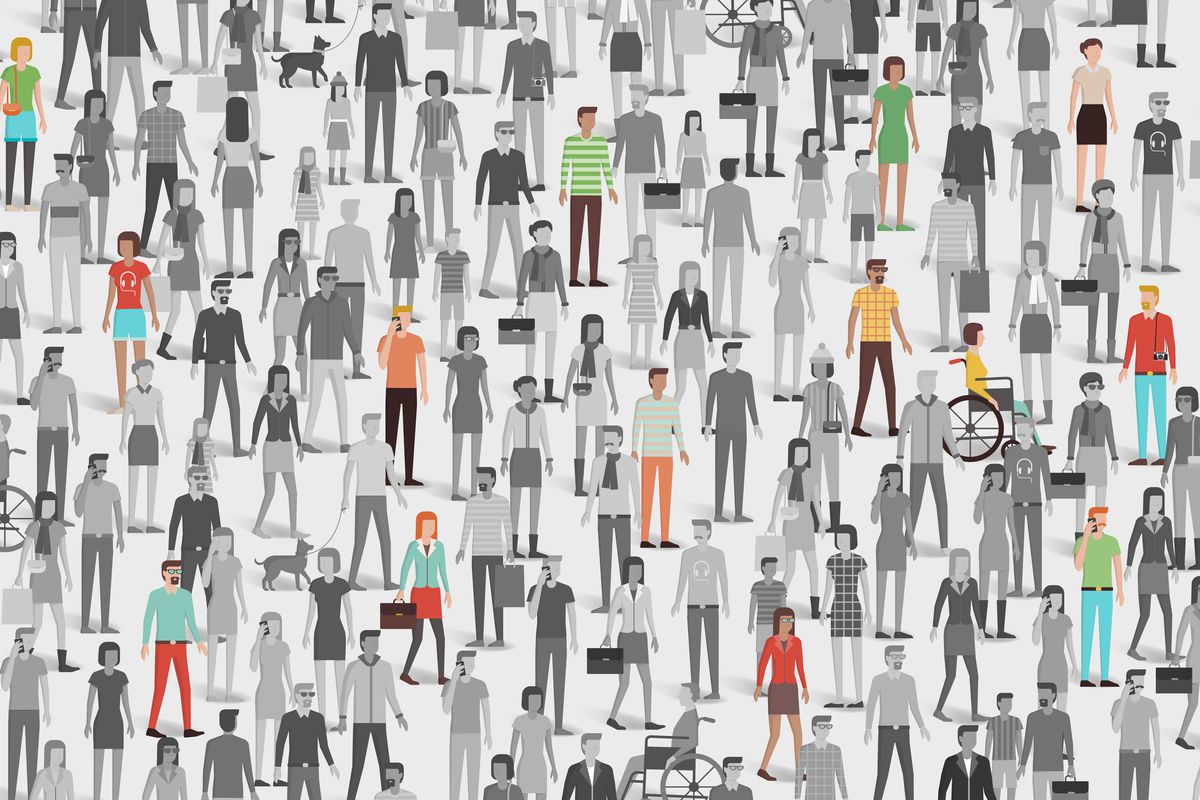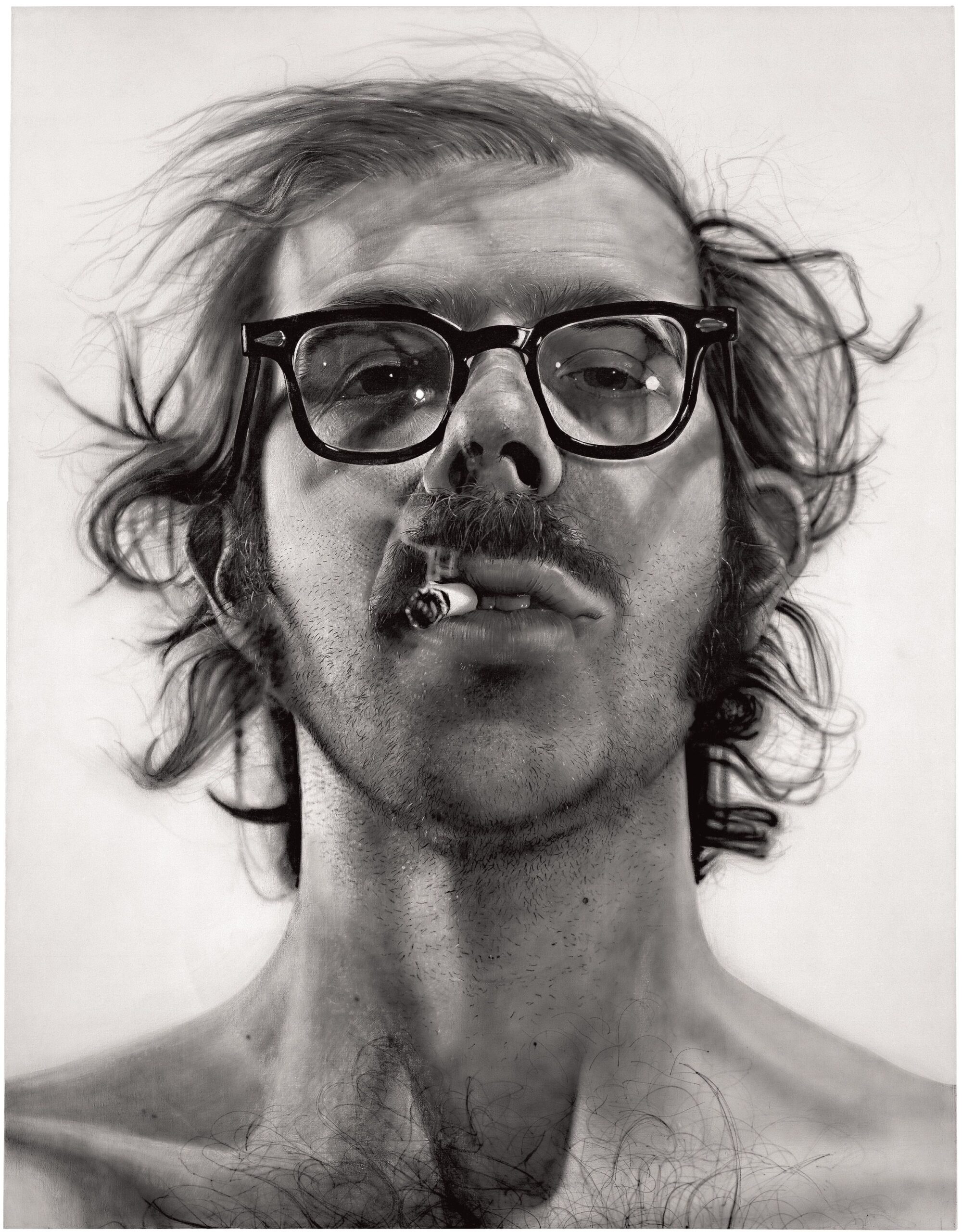Understanding MMR: The Key to Fair Matchmaking in Competitive Gaming
Introduction to MMR in Gaming
In the competitive world of online gaming, fairness and balance are crucial to keeping players engaged and challenged. A central system used to achieve this is MMR , or Matchmaking Rating . This system helps games pair players of similar skill levels, ensuring that every match is as fair and competitive as possible. Whether you are a casual player or an aspiring professional, understanding MMR can give you deeper insight into how your favorite games work and what steps you can take to climb the ranks.
What Does MMR Mean in Gaming?
MMR stands for Matchmaking Rating . It is a numerical value that represents a player’s skill level in a specific game. The main purpose of MMR is to form balanced teams by matching players against others with comparable skill. This not only improves the quality of matches but also keeps the competition challenging and enjoyable for everyone involved [1] [2] .
MMR is sometimes visible to players as a rank (like Silver or Diamond), but in other games, it’s hidden behind the scenes. For example, you might see your progress in the form of ranks or divisions, but the game is always using your actual MMR for matchmaking [3] .
How Does the MMR System Work?
At its core, the MMR system evaluates your performance based on wins and losses. When you win a match, your MMR increases; when you lose, it decreases. However, the amount your MMR changes isn’t always fixed. Beating players with a higher MMR can give you a bigger boost, while losing to lower-rated players might cause a steeper drop [3] .
Most games start you with a base MMR when you first play. As you complete more matches, the system refines its estimate of your skill. For new players, MMR can fluctuate rapidly as the system gathers data. Over time, your rating stabilizes and reflects your true skill level.
In team-based games, MMR helps ensure both teams are evenly matched. Some systems also take individual performance into account, so players who contribute more to their team may see their MMR rise faster even if their team loses [3] .
The Origins and Evolution of MMR
The idea of rating player skill isn’t unique to gaming. It originated in chess with the Elo rating system, created in the 1960s by Arpad Elo. As online gaming grew in the early 2000s, developers adapted similar concepts to match players in real time. The term MMR became widely used with the rise of Multiplayer Online Battle Arena (MOBA) games like Dota and League of Legends, where fair matchmaking was essential to creating a competitive scene [1] [3] .
How MMR Impacts Your Gaming Experience
The MMR system has a significant influence on your in-game experience. Here’s how it works in practice:
- Balanced Matches: By matching you with players of similar skill, MMR systems promote fair play and competitive tension. This reduces the chances of one-sided games and makes each victory or loss meaningful.
- Progression and Rewards: Many games tie rewards, ranks, or cosmetic items to your MMR or your visible rank. Climbing the ladder can be a major source of motivation for players.
- Learning and Improvement: Because you’re always paired with evenly matched opponents, MMR keeps you challenged and encourages skill development over time [2] .
Examples of MMR in Popular Games
Different games implement MMR in unique ways. Here are some real-world examples:

Source: confusedwords.org
League of Legends: The game uses a hidden MMR value to determine who you’re matched against in ranked and normal games. Visible ranks (like Bronze, Silver, Gold, etc.) correspond to ranges of MMR. Your progress through the ranks depends on both your win/loss record and your underlying MMR [4] .

Source: woodwardenglish.com
Valorant: Similar to League of Legends, Valorant uses both visible ranks and a hidden MMR. Your performance in matches-especially during ‘placement’ games-determines your initial MMR. Continued success against higher-ranked opponents can accelerate your climb [4] .
Dota 2: Dota 2 displays your MMR to you directly in ranked modes. Players compete to reach higher MMR brackets, with top players recognized on leaderboards.
Rocket League and Overwatch: These games also use MMR-based matchmaking, but may display your progress as a visible rank or division rather than a raw MMR number [2] .
How to Improve Your MMR
Improving your MMR is a goal for many gamers. Here’s a step-by-step guide to help you elevate your skill rating in most competitive games:
- Focus on Fundamentals: Work on the basic mechanics of your game, such as aiming, movement, or map awareness. Solid fundamentals are the foundation of consistent performance.
- Analyze Your Games: Review replays or match history to identify mistakes and areas for improvement. Look for patterns in your losses and consider how you could have played differently.
- Communicate Effectively: In team games, clear communication can make the difference between victory and defeat. Use voice or text chat to coordinate strategies and call out important information.
- Play Consistently: Regular play helps you maintain your skills and adapt to changes in the game’s meta or balance patches.
- Learn from Higher-Ranked Players: Watch streams or guides from top players to pick up advanced strategies and techniques.
Keep in mind that MMR can fluctuate due to winning or losing streaks, and sometimes external factors like connection issues or team dynamics can influence your results. Stay focused on gradual improvement rather than quick leaps in rank.
Challenges and Alternative Approaches
While MMR is widely used, it’s not without challenges. Some players feel frustration when they’re matched with teammates who seem less skilled, or when their progress stalls due to factors beyond their control. In some games, ‘smurfing’ (high-skill players using low-ranked accounts) can disrupt matchmaking integrity.
Game developers address these issues by refining matchmaking algorithms, monitoring player behavior, and sometimes introducing additional ranking systems (like visible ranks or performance-based rewards) to supplement MMR. If you encounter persistent issues, consider reaching out to the game’s support team or community forums for advice. You may also find it helpful to group up with friends or join dedicated communities to ensure a more consistent experience.
Steps to Access and Track Your MMR
Not all games display your exact MMR. Here’s how you can learn about your skill rating in popular titles:
- Check the Game’s Official Website or In-Game Profile: Some games, like Dota 2, show your MMR directly in your profile. Others, like League of Legends, use ranks as proxies for MMR.
- Use Third-Party Tracking Tools: For games that don’t reveal MMR, you can use community sites and stat trackers to estimate your rating. Always ensure these sites are reputable and secure before sharing any information.
- Contact Support or Visit Community Forums: If you need more details or have questions about your ranking, the official support team or game-specific forums can offer guidance. Search for the official support page for your game, or look for verified community resources.
For the most accurate information, always rely on official sources or links provided within the game’s user interface. Avoid entering sensitive information on unverified websites.
Key Takeaways
Understanding MMR is crucial for anyone interested in competitive gaming. It’s the backbone of fair matchmaking, helping you find challenging opponents and measure your progress over time. By focusing on personal improvement and using the resources available, you can make the most of your gaming experience and climb the ranks in your favorite titles.
References
MORE FROM savvysc.com













